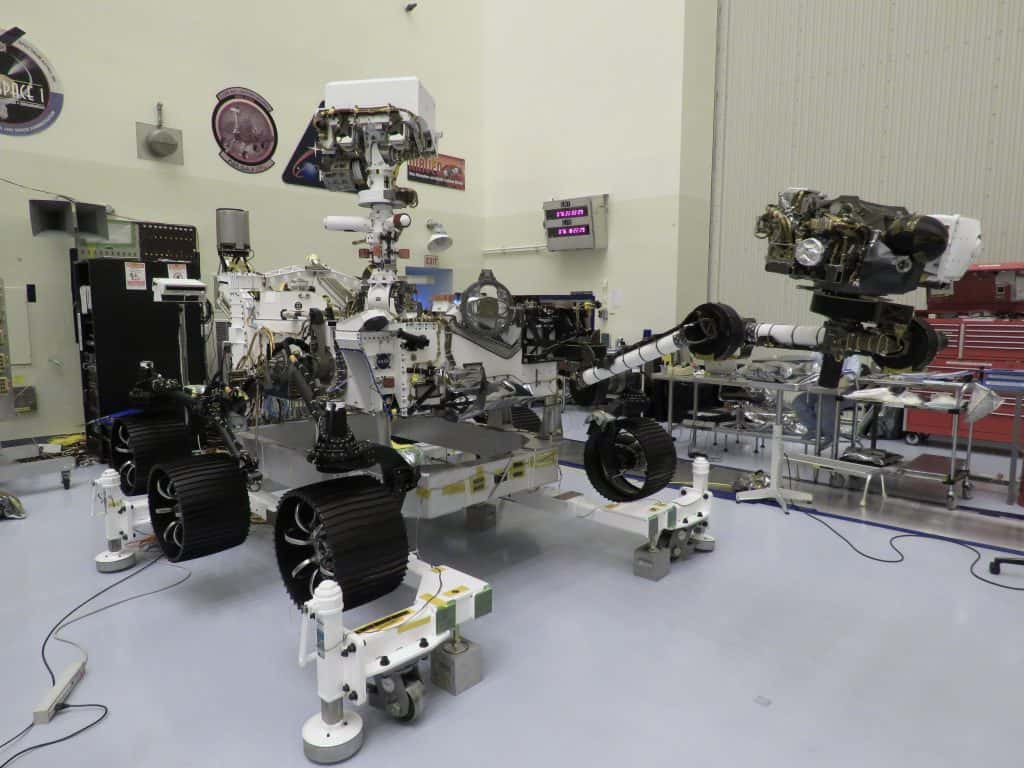Mars 2020: NASA's ambitious mission delayed again, launch expected before window closes for 2 years on August 15

The ambitious mission to Mars has been delayed again. This time due to a technical snag, forcing NASA to time the launch between July 30 and August 15 from Florida's Cape Canaveral, the space agency announced.
The launch window to Mars falls between July 17 and August 15 this year. It is when the Earth and the Red Planet are closest - an event that occurs once every two years. NASA has already delayed the launch thrice due to various issues. If the space agency fails to send its rover before August 15, they will have to wait until 2022 for the next window of opportunity. The recent delay was due to technical issues with the rocket meant to carry the rover. The manufacturer named United Launch Alliance has asked for additional time to fix the liquid oxygen sensor, which showed abnormal data. Meanwhile, NASA is hoping to extend the launch period. "Flight analysis teams have expanded the mission launch opportunities to August 15 and are examining if the launch period may be extended further into August," NASA officials wrote.
The pandemic has also posed challenges to the mission. According to Matt Wallace, the deputy project manager for Perseverance, the priority now is people's safety rather than the mission's success. "And it took a lot of work to put stuff together to keep going, keep working safely, keep healthy, and keep the project on schedule," he said in a video.

The mission has cost NASA more than $2.7 billion. The rocket will carry a rover named Perseverance, which will hunt for signs of ancient life on the planet. A helicopter named Ingenuity is also a part of the project. If it manages to take off, it will be the first object to fly across the Martian skies, and the first to provide a "bird's-eye view" of the planet.
Previous robots from NASA have successfully made it to Mars. The agency sent the first one named Sojourner in 1997. Their next rovers were Spirit and Opportunity, which informed scientists about the possibility that the planet once hosted flowing water. Further evidence was provided by Curiosity, which landed in 2012. It revealed that a region called Gale Crater was home to a lake, billions of years ago and that it may have supported microbial life in the past.
This discovery inspired the Mars 2020 mission. The Perseverance rover will carry onboard sophisticated instruments. They will detect and map organic matter and measure the composition of rocks and soil. It is in these rocks that experts hope to find evidence of Mars' past. "Studying the Red Planet’s geology and climate could also give us a sense of why Earth and Mars —which formed from the same primordial stuff — ended up so different," NASA said.
The mission does not end here. It is designed to collect rock samples and parcel them back home for scientists to study. "Here on Earth, we can investigate the samples with instruments too large and complex to send to Mars. Examining those samples on Earth will provide far more information about them than even the most sophisticated rover could provide," NASA added.